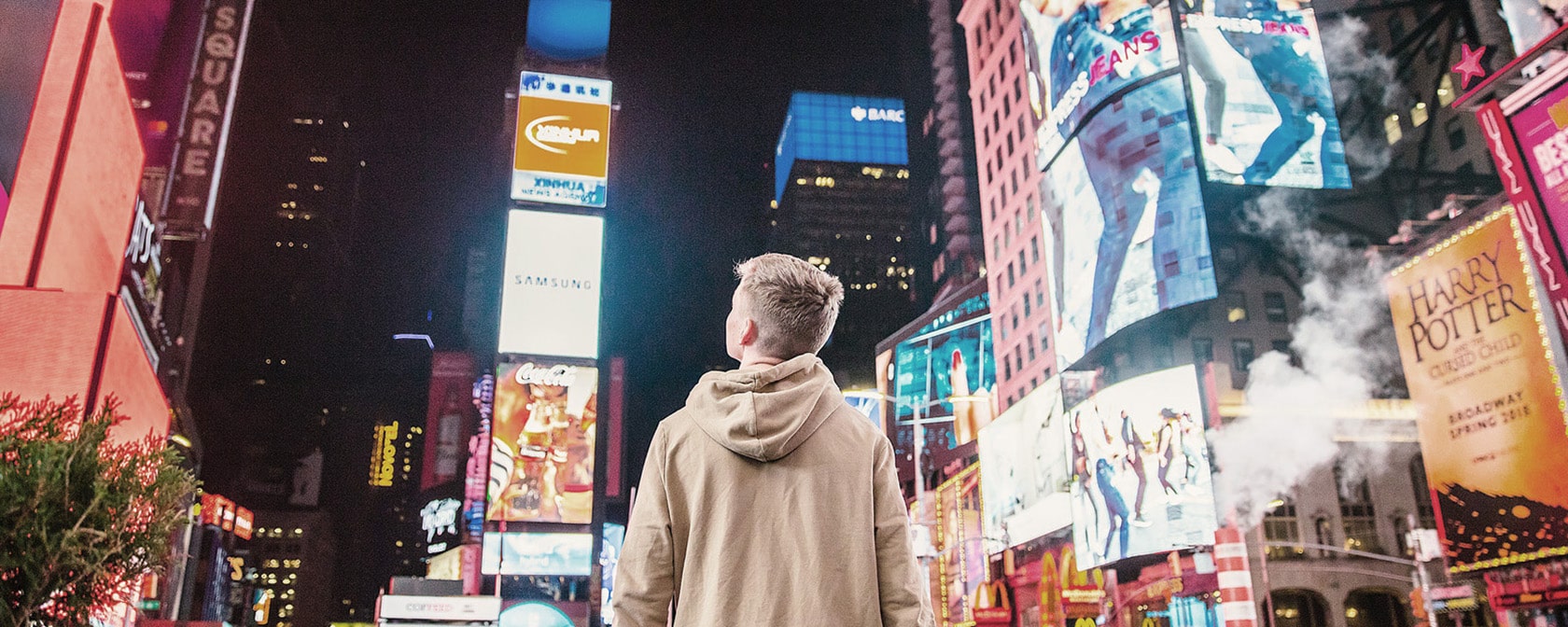Man is the only terrestrial animal that has developed a language of higher complexity. Although our thinking takes place in language, it is always accompanied by inner images. Of course, this is possible without a sense of sight, after all, there are enough people who are born blind and still have pictorial associations, memories and dreams. Spatial and thus pictorial ideas can therefore also be developed via the remaining senses and in particular the sense of touch.
But people do not only imagine, they also constantly communicate visually with the outside world, for example through gestures, facial expressions and other visual signs. This can be done consciously or unconsciously. Think, for example, of the famous first impression. Numerous studies show that just a few tenths of a second are enough for an unconscious impression of the other person to manifest itself. This is generated non-verbally, i.e. through sensory impressions that are not formed linguistically. Most of the time these are purely visual features, but other senses can of course be involved with body odor or the sound of the voice.
However, the sense of sight is by far the most important. In fact, humans absorb about 80 percent of all information through the eyes. In addition, people have the ability to remember things they have seen (especially faces) and to recall these contents even after a long time. The term “visual creature” has been well earned by man.
The human brain as signal processor
By the way, you can think of the process of seeing as being similar to electronic signal processing. High amounts of data are generated on the retina with every blink of an eye. The optic nerve of the human eye transmits millions of bits from there to the visual cortex every second for further processing. A few milliseconds (about 150 to 200) actually pass before the visual impression reaches the consciousness. So everything we are seeing right now happened in the past. This time delay is a fundamental phenomenon that affects all sensory impressions; after all, light must first reach the eye and sound must reach the ear before it continues along the nerve pathways. The real miracle, however, is that the sense data end up becoming “conscious” to a self and can be interpreted by that consciousness. But that’s just by the way.

 https://www.teamnext.de/wp-content/uploads/2022/05/visuelle_kommunikation_bildsprache_symbolbild2.jpg
690
1645
Karl-Heinz Bartling
https://www.teamnext.de/wp-content/uploads/2022/03/teamnext-mediahub-logo-bunt.svg
Karl-Heinz Bartling2022-05-16 16:57:272024-09-02 10:07:15Visual communication: the power of images – part II
https://www.teamnext.de/wp-content/uploads/2022/05/visuelle_kommunikation_bildsprache_symbolbild2.jpg
690
1645
Karl-Heinz Bartling
https://www.teamnext.de/wp-content/uploads/2022/03/teamnext-mediahub-logo-bunt.svg
Karl-Heinz Bartling2022-05-16 16:57:272024-09-02 10:07:15Visual communication: the power of images – part II

